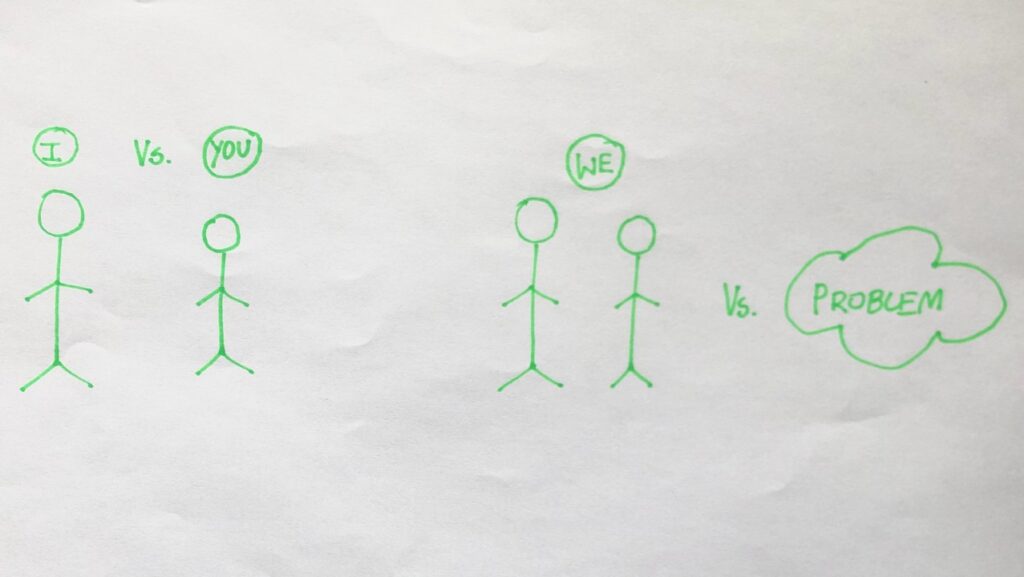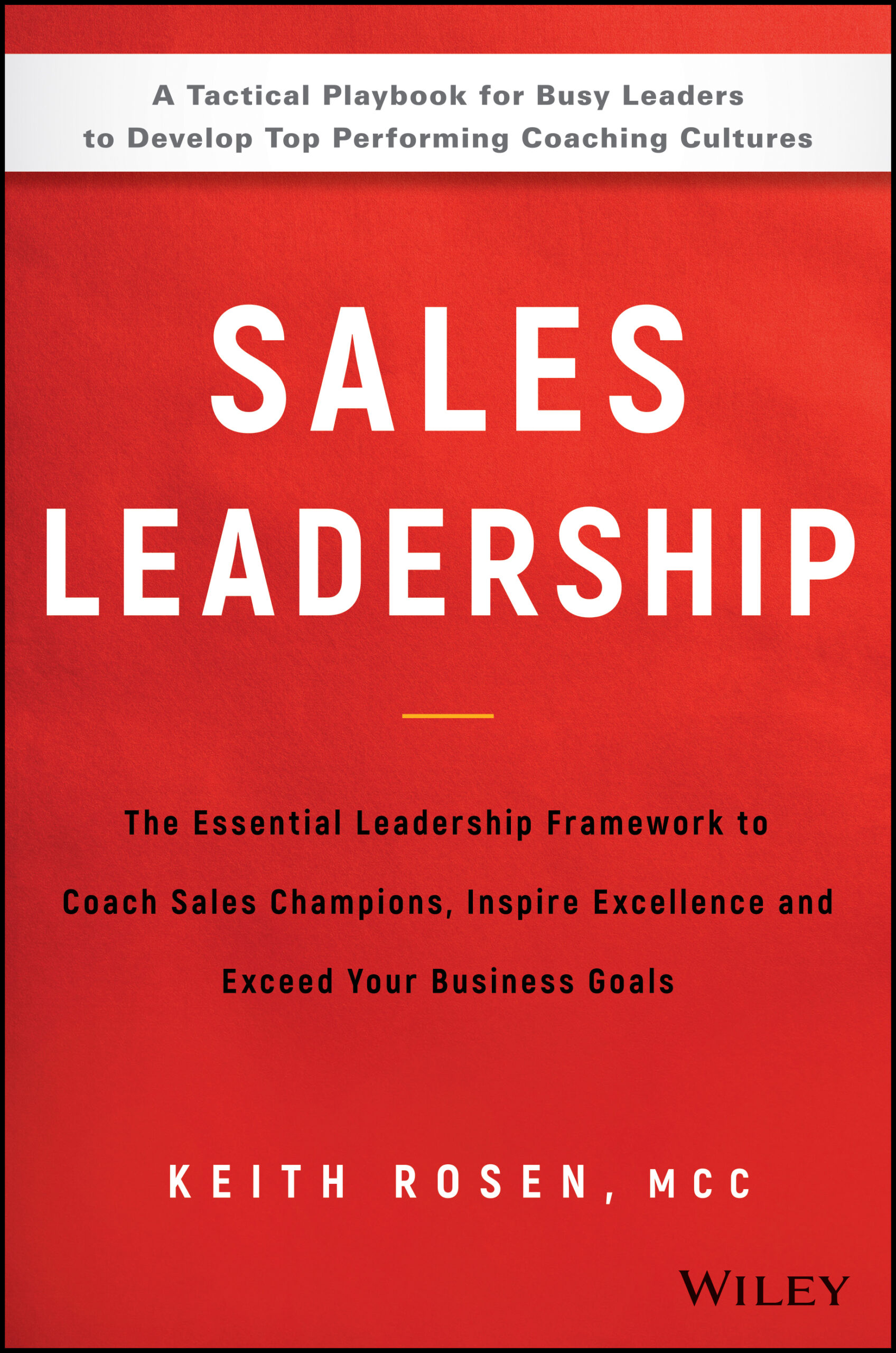
Conflict resolution skills? What if there was no longer such a thing as conflict and confrontation but rather connection, creativity and collaboration?
Here’s a costly statistic. 92% of employees deal with conflict in the workplace, while 78% try to avoid it. This costs companies an estimated $359 billion annually, in the U.S. alone.
To successfully navigate and eliminate conflict, realize that it’s not you vs. them but you and them vs. the problem. Once you shift your mindset and ensure you’re coming from a heart-centered, collaborative place, follow these six steps so you never have to deal with confrontation again.
Six Steps to Navigate and Eliminate Conflict and Confrontation
1. Initiate the Conversation
2. Set positive intent.
3. Take ownership. Now you can do something about it.
4 Apologize.
5. Ask for help.
6. Request a conversation/relationship reset.
Here’s the coaching talk track to align and reset a difficult conversation and move to resolution not confrontation. ⭐
“What I want for you is to feel that I’m a resource to help you succeed. I was reflecting on our last conversation and I owe you an apology. I know the conversation didn’t go the way we wanted, so I want to apologize if I did anything that may have upset you or hurt our relationship.
That’s why I could use your help. Let’s hit the reset button on our conversation/relationship and design it in a way that’s mutually beneficial so you can hit your goals and we can collaborate best.
Are you open to discussing how we can achieve this?”
Once you have buy-in around this conversation, here are questions to create positive departmental relationships.
1. I’d love to learn more about your role. Can you share more about what your role and responsibilities entail?
2. How is your performance measured? By what criteria?
3. What part of the work we collaborate on is most difficult/stressful/frustrating for you?
4. What do we need to do to work together in the most productive way?
5. If I need you, what’s your response time to avoid me putting more pressure on you?
6. How do you typically like to communicate?
7. How can I best support you in your role?
8. What can we do to maintain our positive relationship?
9. If we notice an issue or we’re reverting to toxic behavior, knowing our positive intent, can we come up with a way to communicate this without offending each other?
Remember that conflict is natural. While conflict isn’t fun it’s natural and sometimes a necessary part of work. When you deliver your message this way, there’s no longer such a thing as a difficult conversation.


